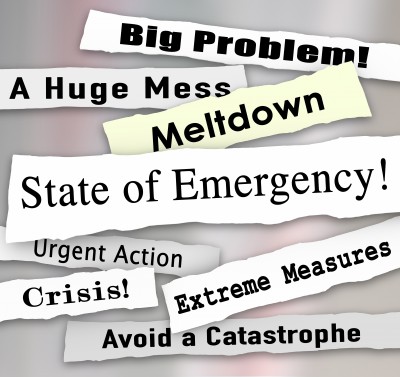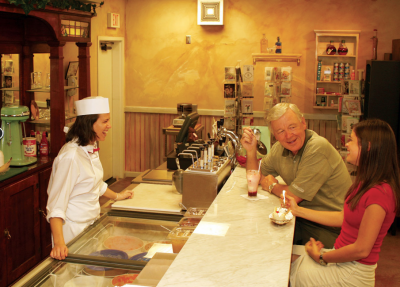
What Public Health Crisis? Maybe these statistics from the Alzheimer’s Association will remind us, not of what’s coming but what is upon us:
Someone in the United States develops Alzheimer’s every 66 seconds. Today, an estimated 5.4 million Americans are living with Alzheimer’s disease, including approximately 200,000 under the age of 65. One in nine people over 65 have Alzheimer’s, and one in three seniors dies with Alzheimer’s or some other form of dementia
The Baby Boom Generation is on track to become Generation Alzheimer’s, as more than 28 million members are expected to develop the disease. Barring a treatment or breakthrough, millions of retired Americans will either have the disease or end up caring for someone who does.
Alzheimer’s is America’s most expensive disease, costing the country $236 billion a year. There are 15 million Americans who care for a family member or friend with Alzheimer’s or other dementia. Family caregivers on average spend more than $5,000 a year of their own money caring for someone with Alzheimer’s.
What’s my point for reiterating these grim statistics? Because leaders need to be accelerating and prioritizing quality dementia training for their clinicians, care staff, students, social workers, volunteers, physicians and anyone who works with the aging population. Elder care is fast becoming about dementia care.
Quality dementia training does not sit on shelves catching dust. Instead it should be:
- Innovative
- Practical
- Feasible
It should provide tools that can be implemented that will result in improved outcomes for those who live in, work and visit your organization. And lastly it should come with a strong support component so that your training is sustainable.
Time for leaders to look outside the box, because much of what has been IN the box has not been working. We’re excited to be a part of finding solutions for the challenges now and in the years to come.
 How do you create a senior care community that truly enhances the lives of their residents? By doing the right things for the right reasons. Vitality, joy and celebrating the excitement of living was exactly what I felt from the time I entered the doors of Cherrywood Village Retirement Community in Portland, OR last week.
How do you create a senior care community that truly enhances the lives of their residents? By doing the right things for the right reasons. Vitality, joy and celebrating the excitement of living was exactly what I felt from the time I entered the doors of Cherrywood Village Retirement Community in Portland, OR last week.
